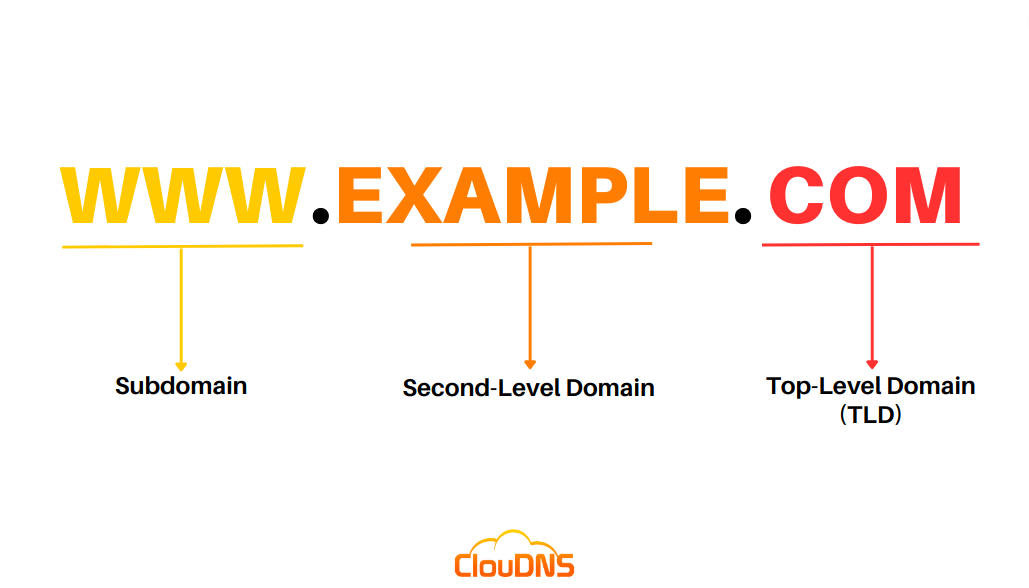Domain Name vs Top Level Domain: Understanding the Difference
When it comes to setting up a website, one of the first decisions you’ll need to make is choosing a domain name and a top-level domain (TLD). While the two may sound similar, they actually serve different purposes and play different roles in your website’s overall identity. In this article, we’ll explore the difference between domain names and TLDs, and why both are important for your online presence.
Domain Name
A domain name is the address where users can access your website. It’s the recognizable string of characters that people type into their web browser to find your site. For example, in the domain name “example.com,” “example” is the domain name. When choosing a domain name, it’s important to pick something that is easy to remember, relevant to your brand or topic, and not already in use by another website.
Domain names are purchased from domain registrars, who reserve the rights to certain domain names on the Internet. You’ll need to pay a registration fee to secure the rights to your chosen domain name, usually on a yearly basis. Once you have registered a domain name, it is unique to your website, and no one else can use the same domain name as long as you continue to renew your registration.
Top-Level Domain (TLD)
A top-level domain (TLD) is the last part of a domain name, following the final dot. Common TLDs include “.com,” “.org,” “.net,” and country-specific TLDs like “.us” or “.uk.” The TLD is used to categorize websites based on their purpose or origin. For example, “.com” is typically used for commercial websites, while “.org” is often used by non-profit organizations.
When choosing a TLD for your website, it’s important to consider the purpose of your site and your target audience. Some TLDs may carry specific connotations or expectations, so it’s important to choose a TLD that aligns with your website’s goals and message. While “.com” is the most common TLD, there are now hundreds of TLD options available, allowing you to find one that best fits your needs.
Domain Name vs. TLD
While domain names and TLDs are closely related, they serve different purposes in identifying and categorizing websites. A domain name is the unique identifier that users type into their browser to reach your site, while the TLD categorizes your site based on its purpose or origin. Together, the domain name and TLD create a complete web address that directs users to your website.
When choosing a domain name and TLD for your website, it’s important to consider both the practical and branding aspects. A memorable domain name and appropriate TLD can help users find and remember your website, while also conveying important information about your site’s purpose. By carefully selecting both elements, you can create a strong online presence that reflects your brand and reaches your target audience effectively.
In conclusion, domain names and TLDs are essential components of a website’s identity and play a crucial role in how users access and perceive your site. By understanding the difference between domain names and TLDs, you can make informed decisions when setting up your website and ensure that your online presence is both memorable and relevant to your audience.
